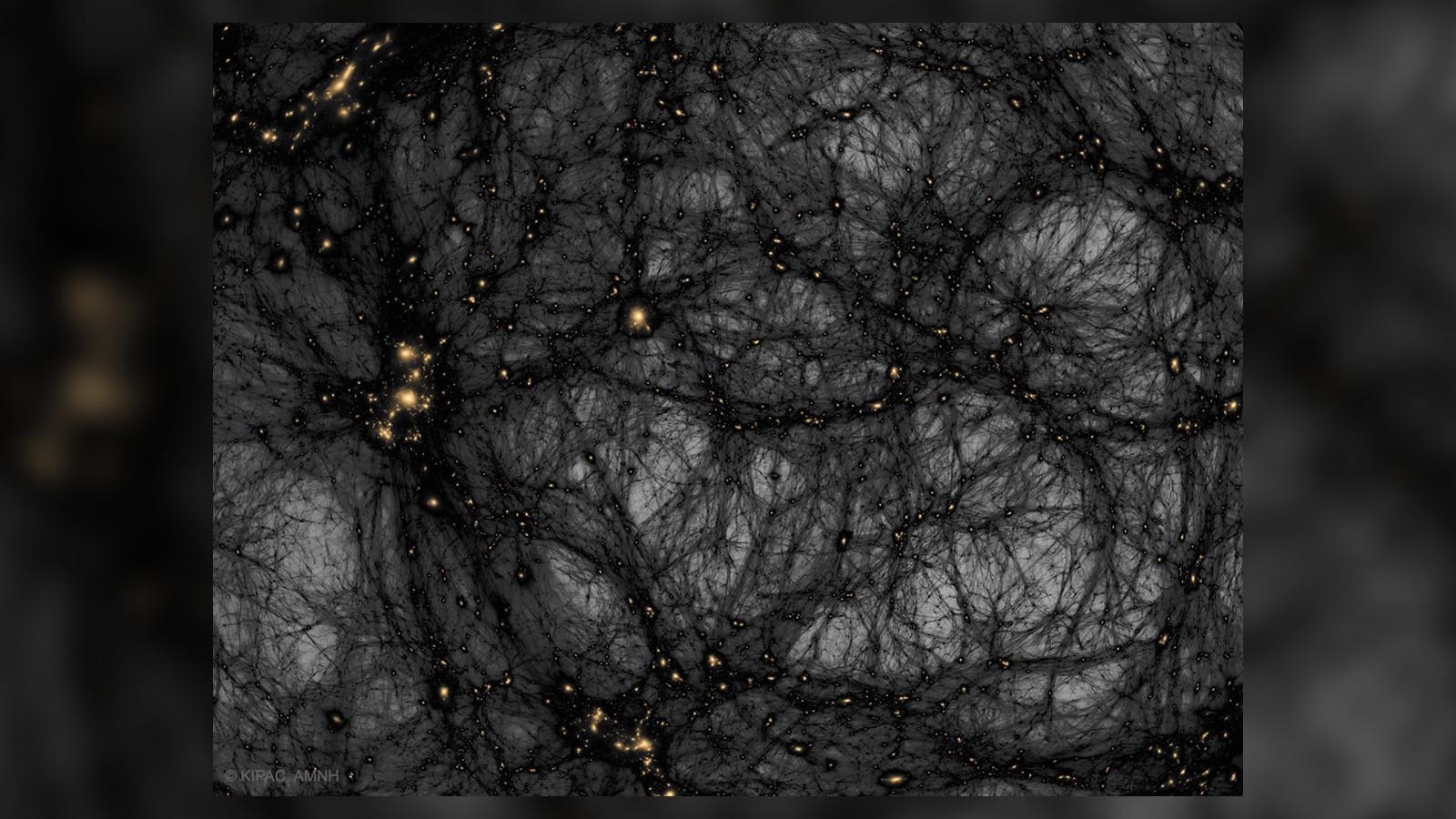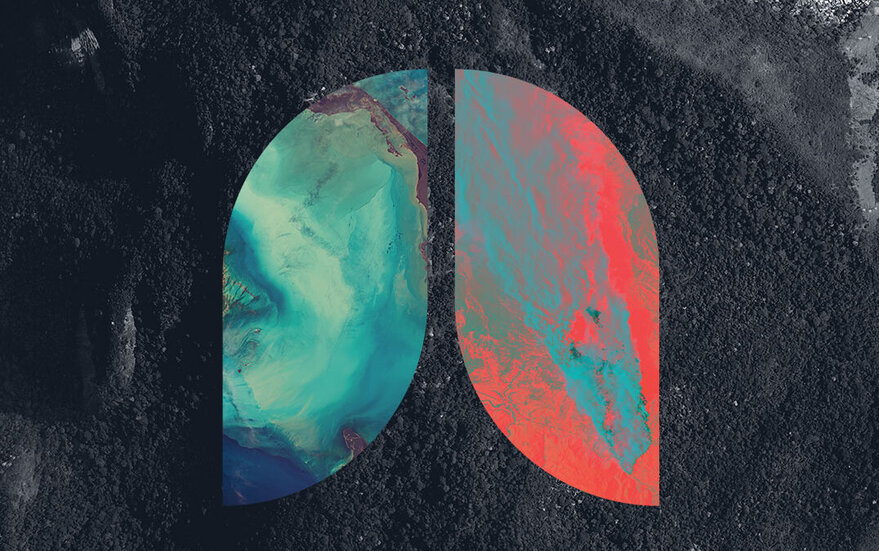Many individuals with a mild concussion, whether from a sports injury, whiplash, or a head bump, may not realize the potential long-term health consequences of leaving their injury untreated. Despite seeking care at the emergency room, a large percentage of concussions remain undiagnosed, leaving patients vulnerable to severe complications such as brain bleeds and cognitive deficits.
A recent collaborative study between the USC Viterbi School of Engineering and the USC Leonard Davis School of Gerontology has utilized advanced machine learning to accurately predict concussion status in patients.
Concussions are a type of traumatic brain injury that can result in temporary changes to brain function. According to Hacker, current methods for diagnosing concussions often rely on basic cognitive tests like the Glasgow Coma Scale. However, many patients with mild concussions never lose consciousness and may not exhibit the typical cognitive symptoms, making diagnosis challenging. Hacker believes that the existing testing methods are not sensitive enough to detect many milder cases.
“We saw an opportunity to fit in that space between ‘not a concussion at all’ and a concussion that’s severe enough that it is consistently being detected,” said Hacker, who authored the paper as a USC Viterbi undergraduate and is now a master’s student in the Mork Family Department of Chemical Engineering and Materials Science.
“A clinician,” he added, “is not necessarily going to order imaging and request an MRI for someone who’s presenting without any symptoms. The idea is for this to be a secondary method that can aid the clinician when a patient is exhibiting certain symptoms, but they don’t have a firm concussion diagnosis based solely on cognitive tests.”
Hacker said that he and his collaborators, led by Andrei Irimia, an associate professor of gerontology, biomedical engineering, and neuroscience at the USC Leonard Davis School of Gerontology, developed their model using MRI brain scan data from both healthy individuals and those with concussions. Their classifier relies on diffusion-weighted imaging, which assesses the movement of fluid along various pathways in the brain.
“This data quantifies the directionality of diffusion between different regions in the brain. It tells us how strongly linked these different nodes are. We then used machine learning to develop a classifier,” Hacker said. “We trained this classifier on a discovery sample to teach it how the connectivity matrices of healthy people and injured people differ. Then, when we gave it independent testing samples, it was able to detect which of these subjects were concussed and which were healthy, based on the patterns in the brain connectivity matrix and on the strengths of certain neural pathways.”
Hacker and his team found that their classifier model performed exceptionally, achieving 99% accuracy in both the training and testing datasets.
“This is a much higher accuracy than we’ve ever seen with a method like this,” Hacker said. “I think it’s because nobody had previously devised our exact pipeline of using diffusion-weighted imaging, turning it into a connectivity matrix, and then leveraging machine learning in a tailored way to discover what pathways are most affected by head trauma. It is certainly novel in that we haven’t had an imaging-based classifier for concussion that has been accurate enough to rely upon until now.”
The classifier was built using Bayesian machine learning, which Hacker described as a probabilistic system that creates a classification based on whatever feature has the smallest probability of being incorrect or misclassified according to knowledge of prior conditions.
“It uses the training data to determine what patterns you would expect to see for a healthy person and what patterns you would expect to see for an injured person,” Hacker said.
“We feel that this work definitely has the potential to disrupt the field in a positive way and be impactful. That’s the most exciting part for me. I can’t wait to see what this leads to,” Hacker said.
Journal reference:
- Benjamin J Hacker, Phoebe E Imms, Ammar M Dharani, Jessica Zhu, Nahian F Chowdhury, Nikhil N Chaudhari, Andrei Irimia. Identification and Connectomic Profiling of Concussion Using Bayesian Machine Learning. Journal of Neurotrauma, 2024; DOI: 10.1089/neu.2023.0509
Note: This article have been indexed to our site. We do not claim legitimacy, ownership or copyright of any of the content above. To see the article at original source Click Here













